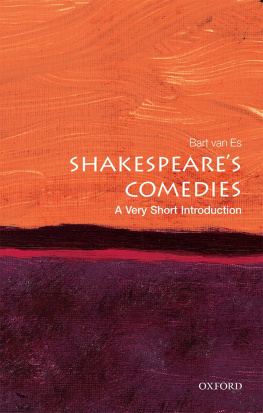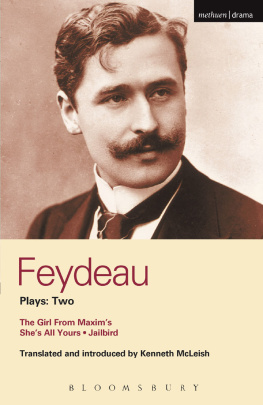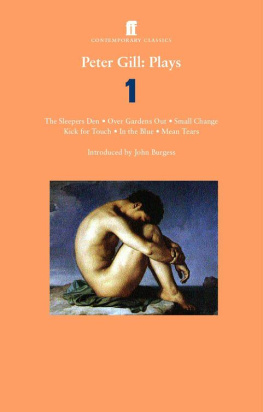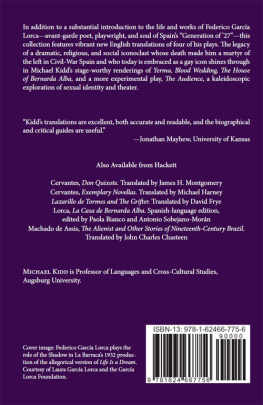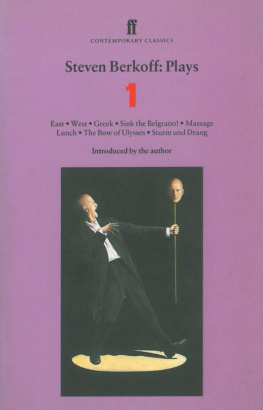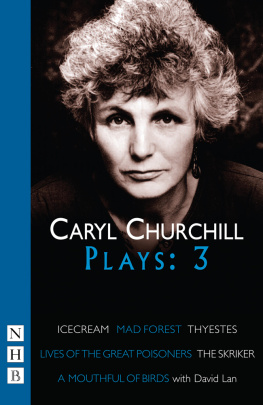PENGUIN BOOKS
Published by the Penguin Group
Penguin Books India Pvt. Ltd, 11 Community Centre, Panchsheel Park, New Delhi 110 017, India
Penguin Group (USA) Inc., 375 Hudson Street, New York, New York 10014, USA
Penguin Group (Canada), 90 Eglinton Avenue East, Suite 700, Toronto, Ontario, M4P 2Y3, Canada (a division of Pearson Penguin Canada Inc.)
Penguin Books Ltd, 80 Strand, London WC2R 0RL, England
Penguin Ireland, 25 St Stephens Green, Dublin 2, Ireland (a division of Penguin Books Ltd)
Penguin Group (Australia), 707 Collins Street, Melbourne, Victoria 3008, Australia (a division of Pearson Australia Group Pty Ltd)
Penguin Group (NZ), 67 Apollo Drive, Rosedale, Auckland 0632, New Zealand (a division of Pearson New Zealand Ltd)
Penguin Group (South Africa) (Pty) Ltd, Block D, Rosebank Office Park, 181 Jan Smuts Avenue, Parktown North, Johannesburg 2193, South Africa
Penguin Books Ltd, Registered Offices: 80 Strand, London WC2R 0RL, England
First published by Penguin Books India 1993
This edition published 2008
Copyright A.N.D. Haksar 1993, 2008
Cover: Provincial Mughal painting Contest Amongst the Princes from the Razm-nama, the Persian translation of the Mahabharata National Museum, New Delhi
All rights reserved
ISBN: 978-01-4310-430-8
This digital edition published in 2013.
e-ISBN: 978-81-8475-893-1
This book is sold subject to the condition that it shall not, by way of trade or otherwise, be lent, resold, hired out, or otherwise circulated without the publishers prior written consent in any form of binding or cover other than that in which it is published and without a similar condition including this condition being imposed on the subsequent purchaser and without limiting the rights under copyright reserved above, no part of this publication may be reproduced, stored in or introduced into a retrieval system, or transmitted in any form or by any means (electronic, mechanical, photocopying, recording or otherwise), without the prior written permission of both the copyright owner and the above mentioned publisher of this book.

THE SHATTERED THIGH
BHASA is a celebrated name in classical Sanskrit drama. Although his dates have not been conclusively established, it is certain that he preceded Kalidasa, who has praised him by name in the prologue of one of his own plays. It has been suggested that Bhasa lived in the Mauryan period, the fourth or the third century BC , but most scholarly opinion places him in the first or the second century AD .
Bhasas plays were lost over a period of time but thirteen were rediscovered in Kerala at the beginning of the twentieth century. Of these six, forming the present collection, are based on the Mhbhrata story which Bhasa embellished for obtaining dramatic effects. The remaining seven are derived from the Rmyana, the Harivama and legends and stories prevalent at the time.
Bhasa wrote in a period which was politically, socially, economically and most importantly, culturally dynamic. Theatre was already an established art form and the foremost treatise on fine arts, Bharatas Ntyastra, was written in the same period. Plays were written and performed by professionals supported by other well-developed aspects of stagecraft.
For over fifteen hundred years classical Indian commentators and anthologists have counted Bhasa among the foremost writers of ancient India. He made use of the Sanskrit language in a simpler form as compared to the more ornate style of later playwrights. He dispensed with the opening benediction or nndi and began his plays directly with the stage direction. And, most importantly, he broke with convention by giving a tragic ending to one of his plays, Urubhangam, with the death of the hero on stage.
ADITYA NARAYANA DHAIRYASHEEL HAKSAR was born in Gwalior and educated at the Doon School and the universities of Allahabad and Oxford. A well-known translator of Sanskrit classics, he has also had a distinguished career as a diplomat, serving as Indian high commissioner to Kenya and the Seychelles, minister to the United States, and ambassador to Portugal and Yugoslavia. Haksars translations from the Sanskrit include Hitopadesa, Simhasana Dvatrimsika, Tales of the Ten Princes and Subhashitavali, all published as Penguin Classics. He has also compiled A Treasury of Sanskrit Poetry.
BHASA
The Shattered Thigh
And Other Plays
Translated from the original Sanskrit with an Introduction by
A.N.D. HAKSAR

PENGUIN BOOKS
P. M. S.
For
B.
with love
on her birthday
Introduction to the New Edition
An eminent contemporary scholar of Sanskrit literature has expressed the view that Bhasas plays, with their comparative brevity, rapid incident-filled action and dramatic changes, seem to have an eye to the stage rather than to a reader.
Without detracting in any way from the readability of Bhasas work, these comments on its actability are particularly applicable to the Mahbhrata plays of this great dramatist of ancient India. Part of the living Kutiyattam tradition of Kerala, included in the syllabus of the National School of Drama, Bhasa has been produced in various Indian languages and also in the original Sanskrit. Records of production in English are scanty, but plays from the present translation have been reported as staged and lauded since their first publication more than a decade ago.
The credit for bringing out this new edition goes to Ravi Singh, Publisher and Editor-in-Chief of Penguin India. My thanks to him, and to R. Sivapriya and Paromita Mohanchandra for the consequential practical arrangements. This has also given me the opportunity to make a few corrections.
Noida
5 October 2007 | A.N.D.H. |
Introduction
Bhasa is a celebrated name in classical Sanskrit literature. The figure best known today from what remains of that literature, which once pervaded the entire South Asian subcontinent and beyond, is of course Kalidasa. In the prologue of his play, Mlavikgnimitram, that great poet and dramatist of ancient India poses the following question: How can the work of the modern poet Kalidasa be more esteemed than the works of Bhasa, Kaviputra, Saumillaka and others of established fame? An impeccable answer follows in the next line: Everything is not praiseworthy, just because it is old; nor should a poetical work be dismissed just because it is new. But this brief dialogue makes it clear that Bhasa was already well known on the Indian literary scene over fifteen hundred years ago, when Kalidasa had just begun to make his mark.
Two hundred years later, the classical period was in its last phase. Bhasa remained well known across the country. In North India, Bana Bhatta, the first Sanskrit novelist and the court-poet of King Harsha in seventh century Kanauj, has this to say in his biography of the king, Harshacharita: Bhasa earned fame by his plays which commenced with the producer, had many roles, and were (grand) like temples with banners. And in South India, Dandin, the critic and prose stylist from Kanchi of the same century, writes in his Avantisundarikath that even though departed, Bhasa lives on, embodied in his plays with their craftsmanship.



